In today’s article, Alfredo Rico tackles the subject of California-compliant AR-15-style rifles. As many California residents know, the laws and interpretations of those laws can be confusing. Discussing the topic does not indicate any endorsement of the laws by The Armory Life or the author. Rico’s effort here is to introduce the topic and not advice. Please consult with an attorney well-versed in the firearms laws of California with any questions.
California has some of the most restrictive firearms laws in the nation. Semi-automatic handguns must pass special requirements to enter the market. Background checks are necessary to buy ammo. Guns shops are required to record audio and video of the sales floor and allow state officials on-demand access.
Considering this, it’s easy to assume that the most popular semi-automatic rifle, the AR, is banned, especially since there is an “assault weapons” ban. However, if you take a look at Springfield Armory’s online catalog, you’ll see that the SAINT and the SAINT Victor ARs have California-compliant models. How is that possible? To understand this, let’s look at the history of the California’s assault weapons ban.
Robert-Roos Assault Weapons Control Act of 1989
In 1989, California passed Senate Bill 292, also known as the Robert-Roos Assault Weapons Control Act of 1989 (AWCA). It became effective in 1992. The AWCA subsequently became the blueprint for the 1994 Federal Assault Weapons Ban (FAWB). Before the AWCA became active, an AR-15 was treated like any other firearm: as long as you were of legal age, not a felon or drug addict, or had mental health issues, it can be purchased legally.
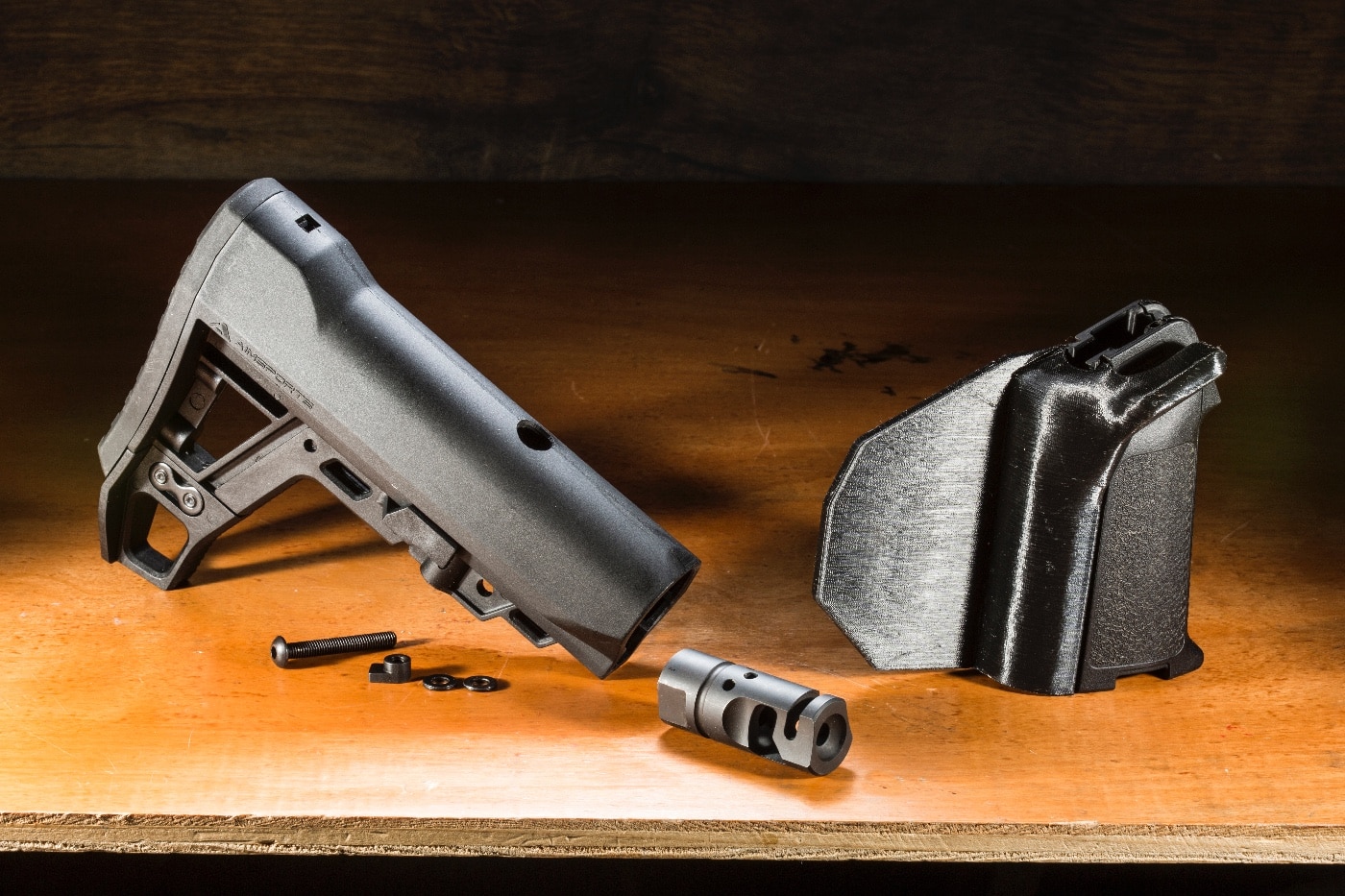
The AWCA contains three categories that would deem a semi-automatic centerfire rifle an assault weapon and therefore illegal to purchase, sell, manufacture, distribute or import.
Category I — Named Firearms Considered Assault Weapons
Category I was part of the original bill and is a weapons identification guide. It lists over 50 specific firearms by type, make and model. The attorney general was required to provide a photo and description of each. If the model was listed, it was considered an assault weapon. Models not included on the list were commonly called off-list ARs.
Category II — Vagueness in California Law
In 2000, Category II and Category III were amended to the AWCA in hopes that they would cover anything that resembled an AR-style rifle not listed in Category I.

Category II included the language, “copycat/clone series AK and AR-15 assault weapons” and added 63 new models to the list. The “series” wording caused a lot of confusion among gun owners and law enforcement due to the open interpretation of the word. What is a “series” and who defines it? As more off-list ARs entered the market, the confusion only grew.
During this time, Category II was challenged in Harrott v. County of Kings. J.W. Harrott is an attorney who received a gun collection in payment from a client. The Kings County, CA sheriff was in possession of the guns and refused to deliver a semi-automatic rifle that was part of the collection. Although the rifle was not included in the CA DOJ lists, it was determined to be a AK “series” by the sheriff’s office. Harrott argued it wasn’t and subject matter experts agreed with him.
The justices found that based on that language it is difficult for a person of reasonable intelligence to understand what was prohibited and what is not. They determined that the intent of the AWCA was to define what an assault rifle was and that identification markings are the important factor. In 2001, the California Supreme Court ruled that a banned weapon had to be banned by specific make and model and it be publicized on a state-maintained list.
Category III — Origin of Featureless Rifles
Category III defined general features that would make a rifle an “assault weapon”. These features applied to semi-automatic centerfire rifled that have a detachable magazine. The detachable magazine detail is important here. Fixed magazine rifles were excluded from Category III.
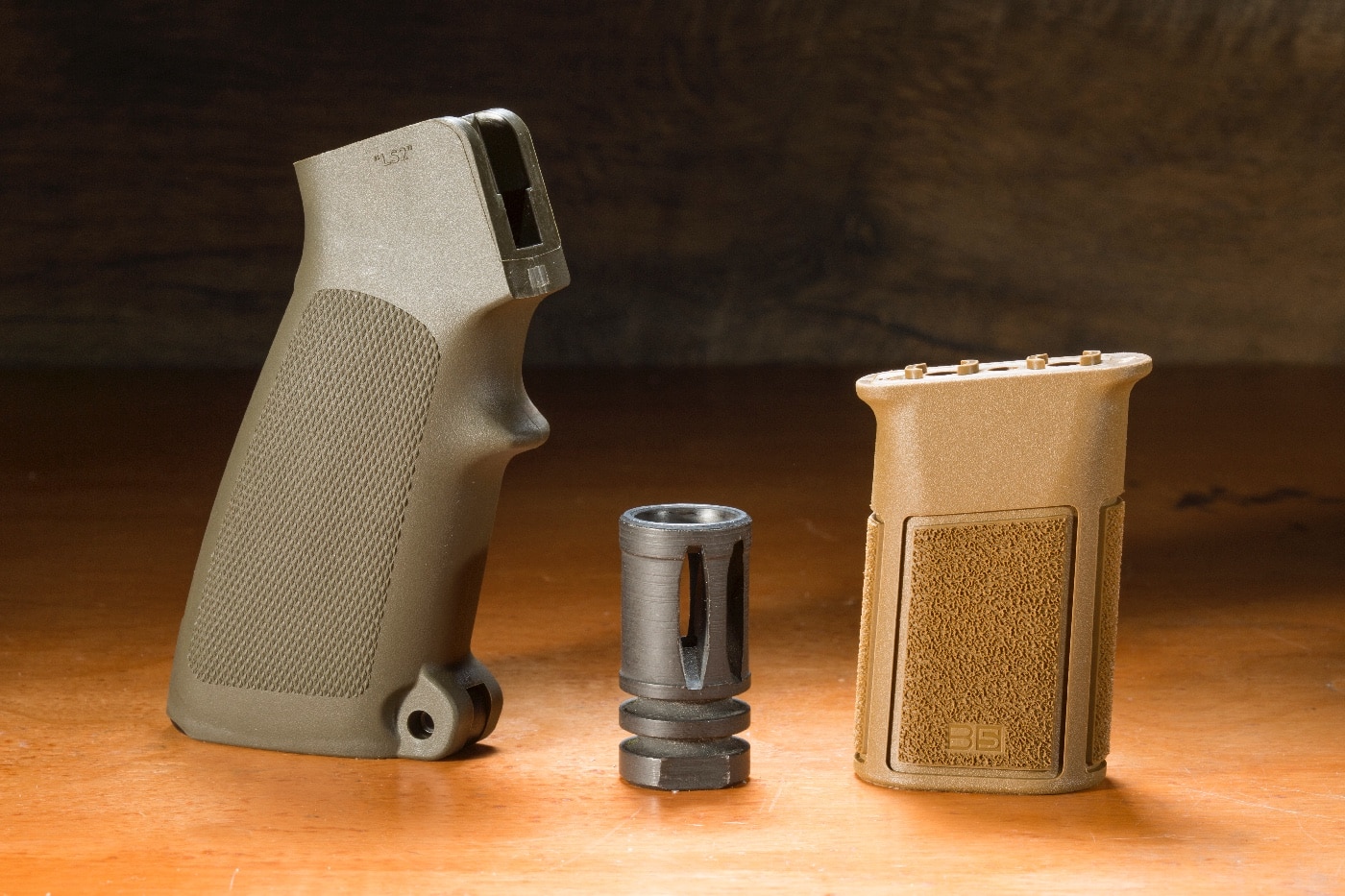
The “assault weapon” features include:
- a protruding pistol grip
- telescopic or folding stock
- thumbhole stock
- flash suppressor
- forward grip
There are many other details listed, but the above items are the common features AR manufacturers have to avoid making their AR’s California-compliant.

The Harrott v. County of Kings ruling, and Category III opened the AR market for what are now known as “featureless and fixed-magazine ARs.
The California AR-15
A featureless AR is an AR-style rifle with a detachable magazine that doesn’t have the assault rifle features listed in Category III. There are common characteristics for making an AR featureless. Swapping out the pistol grip with a winged grip. Replacing a flash hider with a muzzle brake. Pinning a retractable stock with a pin or screw so it is in a fixed position. Using a fixed stock instead of a retractable stock.
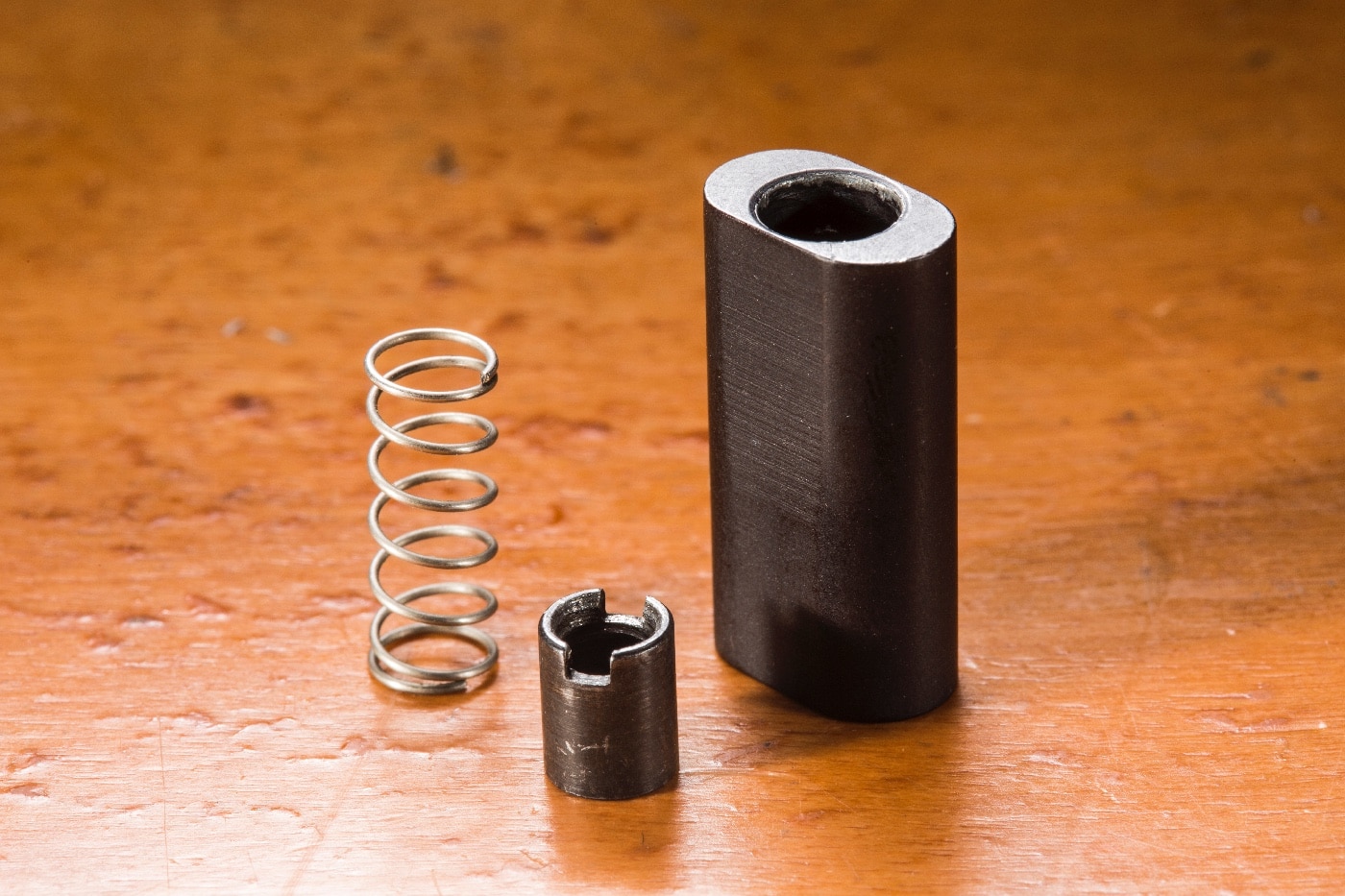
A fixed-magazine is an AR whose magazine cannot be removed by pressing the magazine release button. For a brief period, the bullet button, invented by Darin Prince, was the popular method to convert a rifle into a fixed magazine. The bullet button looked like a standard magazine release. The screw that attached to the magazine catch was the actual button and sat flush with the magazine release housing. It was too small to be pushed with a finger and but could be pressed using the tip of a bullet. In 2016, the bullet button was banned.
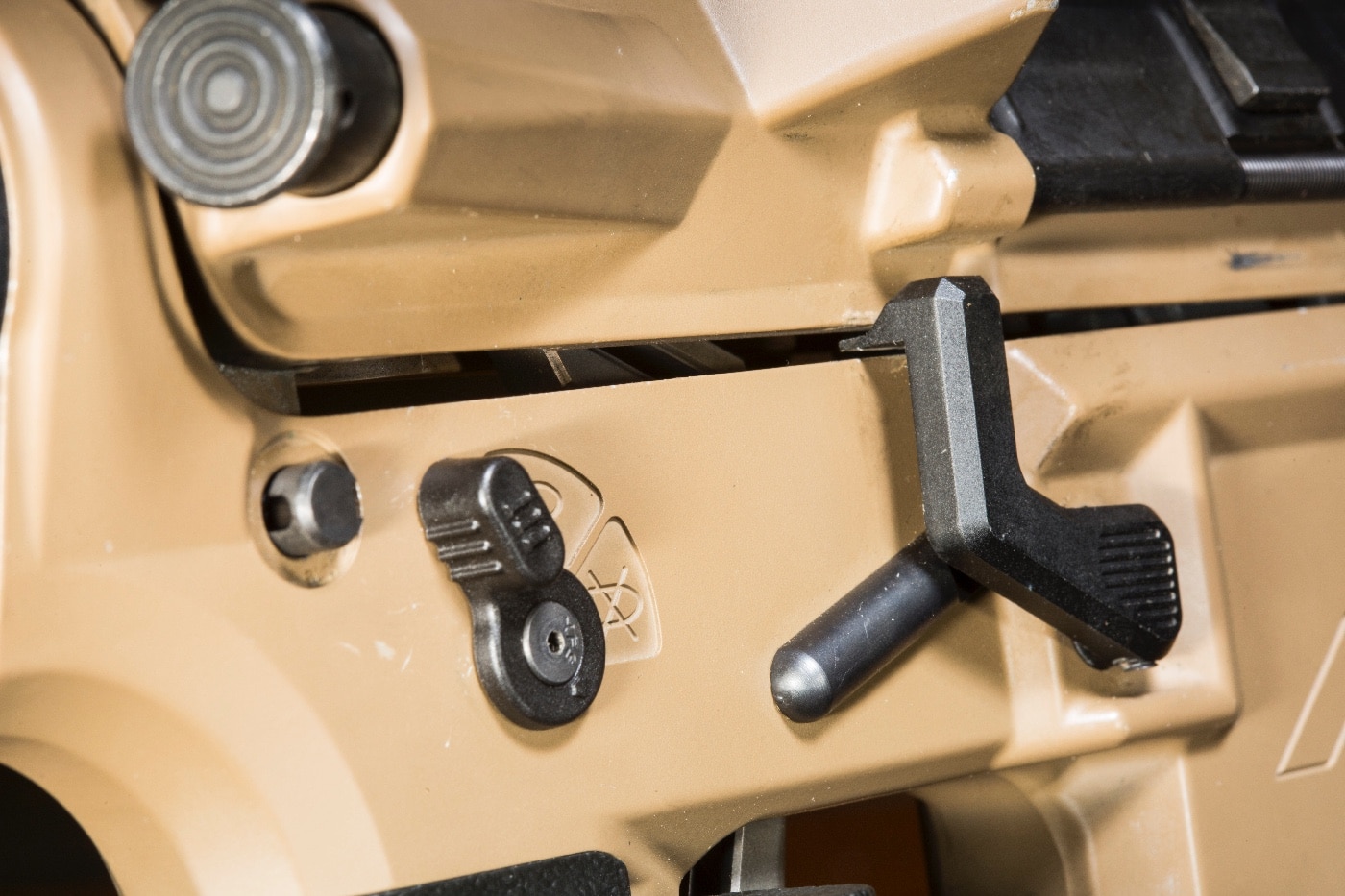
Afterwards, fixed magazine was redefined to mean that the rifle had to be made inoperable in order to remove the magazine. Companies like AR Maglock made a magazine release that could only be depressed if the upper and lower receiver were partially open. A negative of this system is that reloading can be clumsy and double-feeds may require removing the upper and lower to free the ammo.
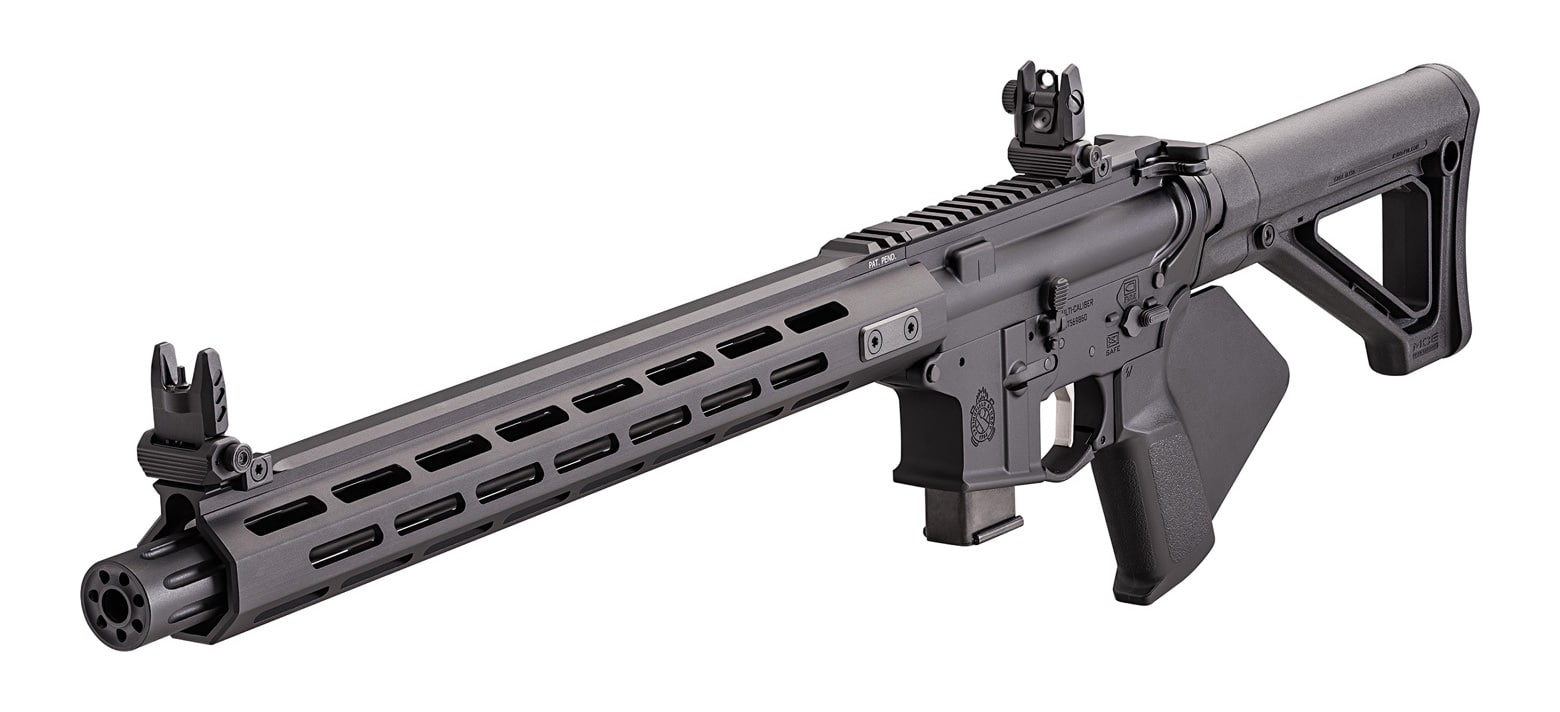
Springfield Armory’s California-Compliant SAINT Rifles
Despite the complexity of the laws, some manufacturers have at least a couple of California-compliant AR-15-style rifles in their lineup. Springfield Armory has several. There are two SAINT rifles chambered in 5.56x45mm NATO, and three SAINT Victor models — a pistol caliber carbine in 9x19mm Parabellum, a 5.56mm an a .308. These are featureless ARs. They have a muzzle brake, a fixed stock and a winged grip.

Will the laws in California ever change? Probably. Few things are perpetually constant. However, what will change and when are unknown. Until things do change, these are the hurdles that Golden State residents are saddled with. Fortunately, Springfield Armory has several offerings for the residents of this state.
Editor’s Note: Please be sure to check out The Armory Life Forum, where you can comment about our daily articles, as well as just talk guns and gear. Click the “Go To Forum Thread” link below to jump in and discuss this article and much more!
Join the Discussion
Featured in this article
Read the full article here

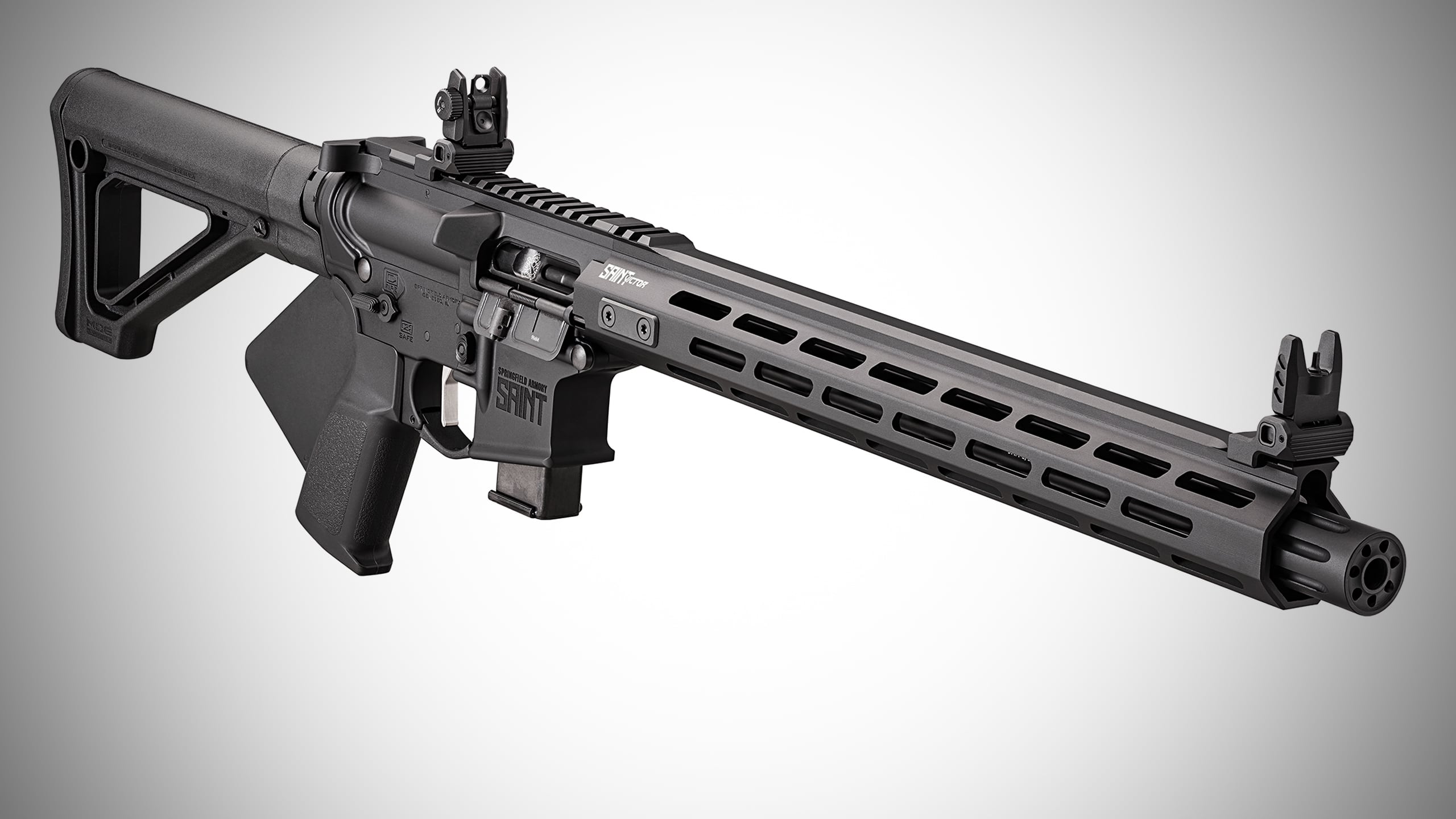

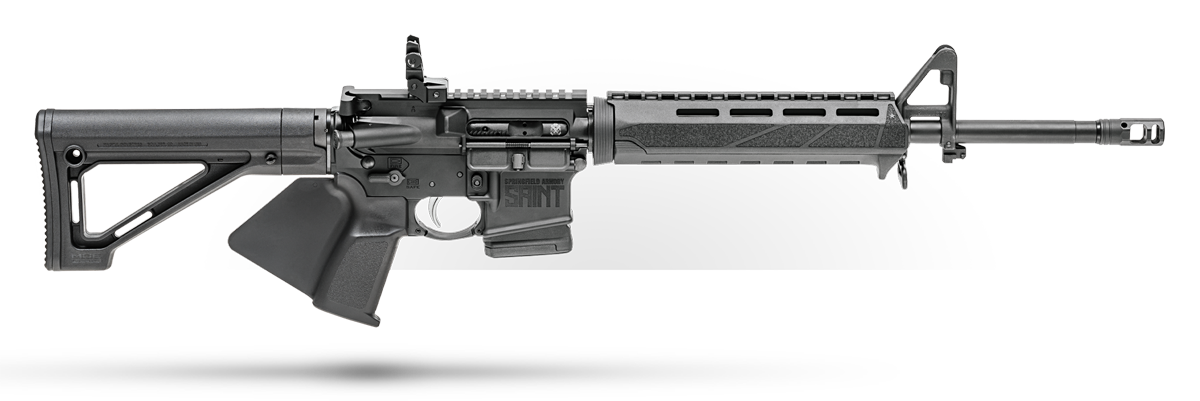
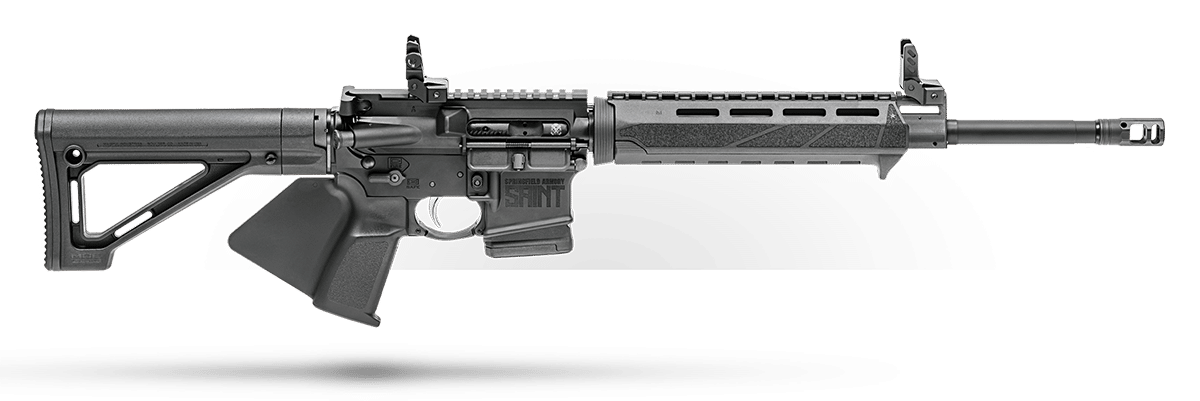
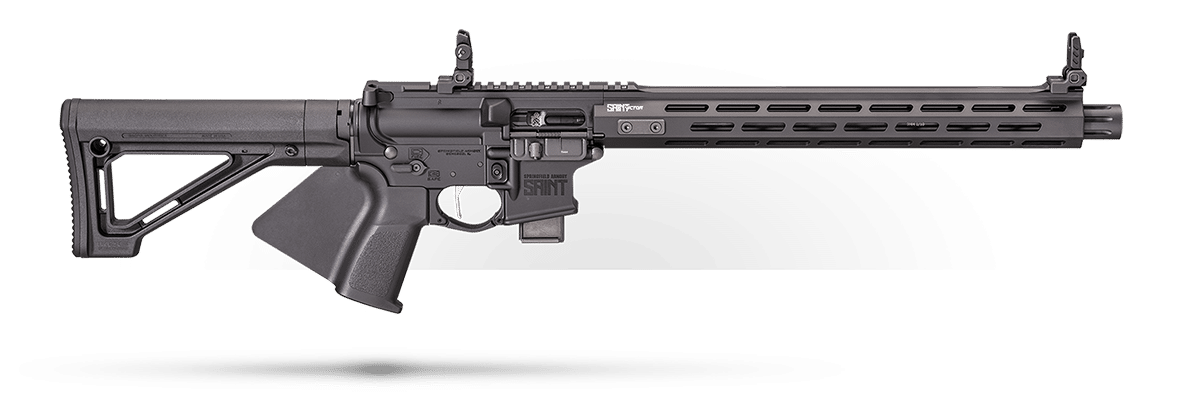
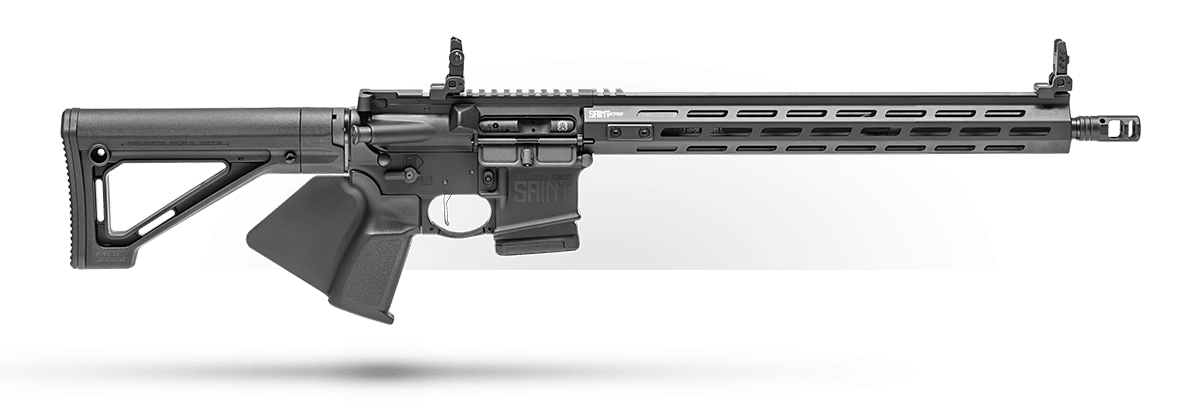
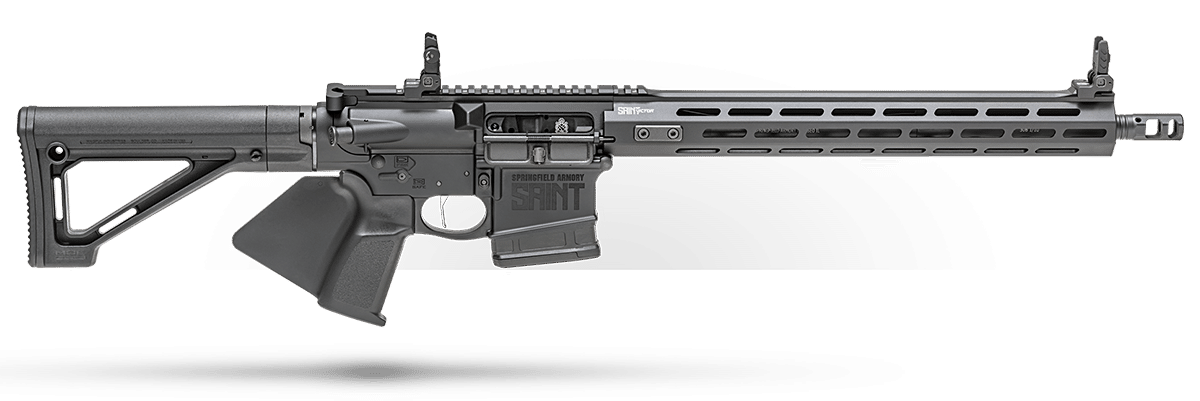




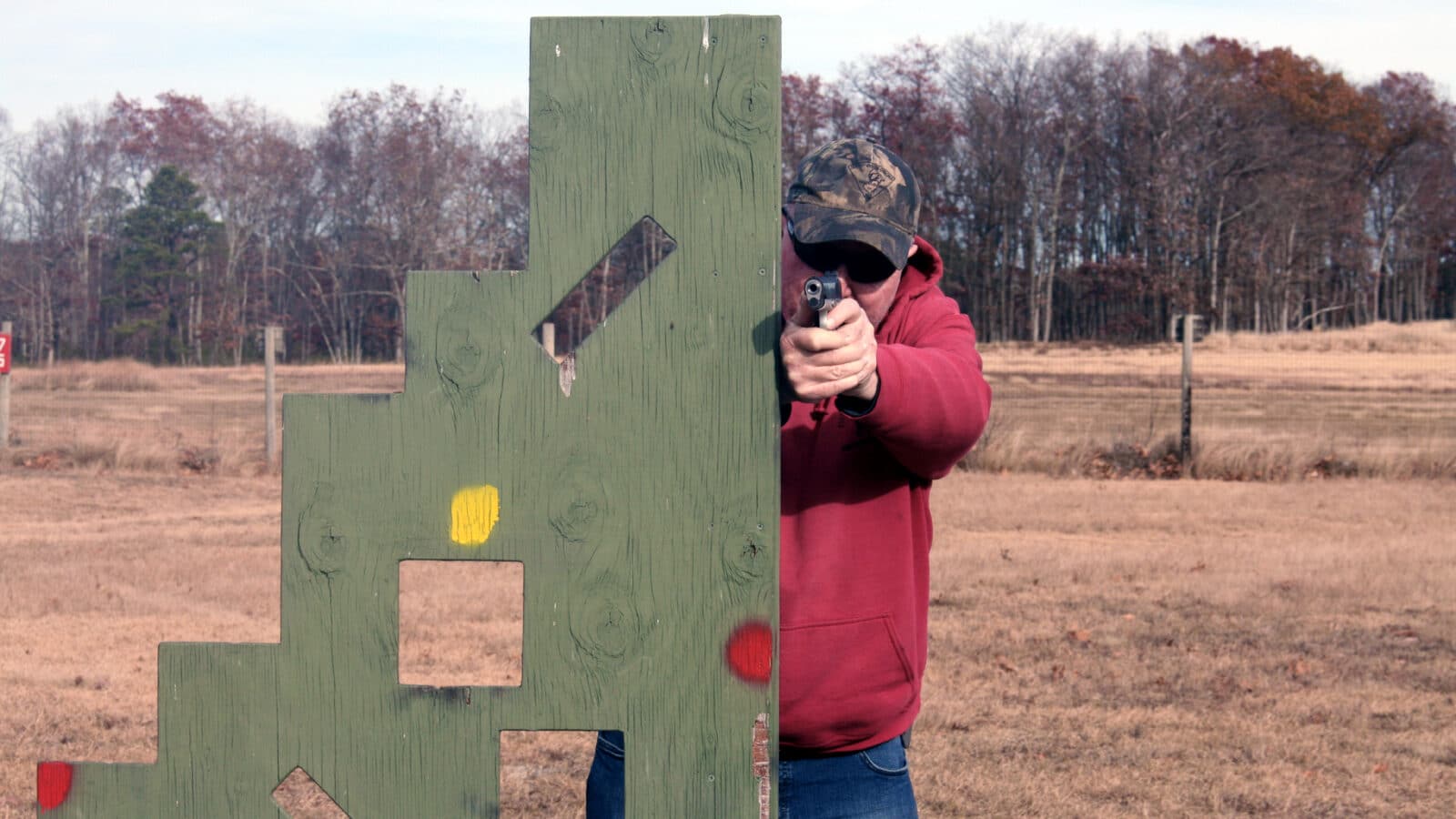




Leave a Reply